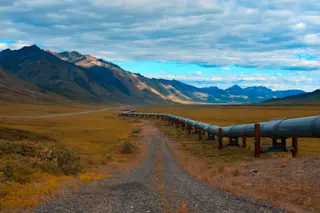My latest Science Progress blog post looks at the case of a recent Science paper that has had a dramatic impact on the debate over so-called "MTR"--an extremely destructive and invasive form of mining that literally takes the caps off of mountain peaks to access the coal inside them. In essence, it's the story of scientists being willing to stand up and say what they think about policy, and having a real influence as a result--a case study in how to make scientific information have its maximal impact. An excerpt:
To me, the most intriguing question is this: How did the 12 environmental scientists on the Science paper managed to achieve such an impact? Did they plan for it, or was it just fortuitous?
So I called up Margaret Palmer of the University of Maryland Center for Environmental Science, the article’s lead author. I was something like her 30th media interview on the topic, but unlike other journalists, I didn’t want to ask about either the policy or the science of MTR. Rather, I inquired about the communication strategy that had been employed to disseminate news about her paper. And thus unfolded a striking story of a group of scientists, with extremely important research on their hands, doing everything pretty much right to ensure its maximal impact.
As Palmer explained, the project out started as pure science. Her team of researchers began by synthesizing a wide array of data from different scientific fields on the consequences of MTR, in a more thorough way than had ever been done before—a process that consumed many months in the peer review process. But as the truly alarming results started to manifest, members of the scientists’ group soon coalesced around a strong, unanimous position about what they were finding. “Rather than just reporting the science,” says Palmer, “we all agreed that the consequences were so huge, we were very comfortable saying, ‘This just has to stop.’”
Resolved upon its message, the team then sought to disseminate it....
To hear more of the story, you can read the full post here.













